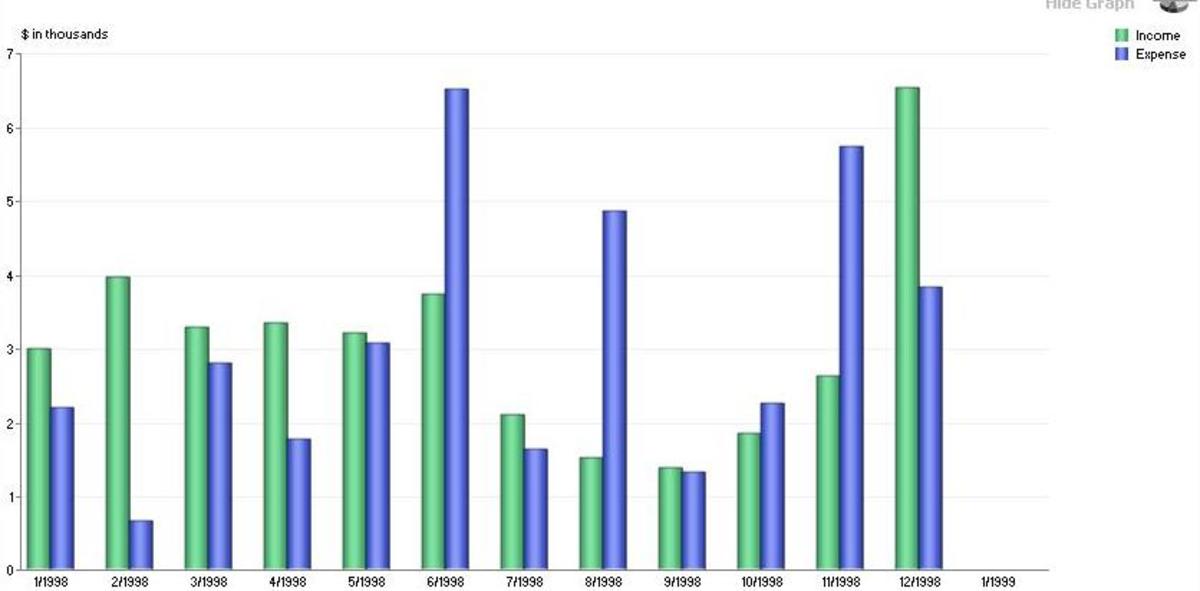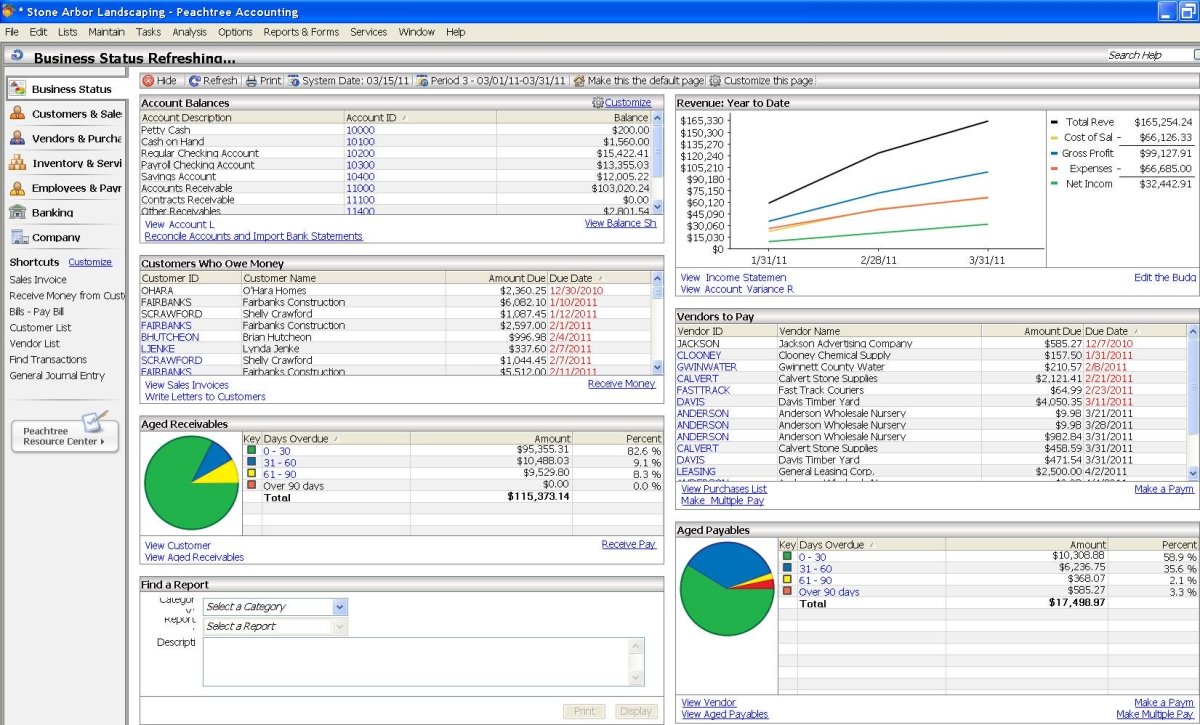How to Find and Lower the Cash Break Even Point for Your Business
Introduction
Your cash breakeven point is how much money must come in each month for your business to break even. If your business earns less money than this, your business is in the red and losing money. Earn more than your breakeven point, and you've earned a profit.
Lowering your cash breakeven point allows your business to stay in business when income drops. A lower cash breakeven point, if kept low, will result in higher profits when income increases.

Cash Break Even Point Factors
What factors determine your cash breakeven point? Any expenses without which you cannot be in business must be included when totaling up expenses to get to the cash breakeven point.
This list contains many of the common monthly budget items or annual expenses that businesses should pro-rate and save up for monthly to avoid a cash crunch.
- Rent or building mortgage
- Lease payments for manufacturing equipment, hardware and company owned vehicles
- Equipment maintenance
- Building or facilities maintenance
- Salaries for employees
- Benefits for employees
- Utilities (power, water, sewer, gas)
- Raw materials to manufacturing product
- Taxes
- Marketing
- Office overhead like printer paper, stamps and printers
- Accounting costs, if not included among employee salaries
- Insurance payments required to stay in business
How to Reduce the Cash Breakeven Point
- Refinance the mortgage on your building to a lower interest rate.
- Negotiate a cheaper lease for your existing building in return for extending the lease.
- Ask employees to help with facilities or building maintenance by cleaning their own cubicles or work spaces.
- Avoid hiring additional employees. However, cutting employees does not always save money, especially if it drives up unemployment insurance rates.
- Carefully assess any outsourcing opportunities. The lower cost promised in outsourcing work does not always materialize, and the work could be assigned to staff who are otherwise reduced to part time or under-utilized.
- Review your utility contracts. Can you shift power usage to non-peak times or save money by using generators at peak loads instead of the power grid? Can you reduce water usage? Are you paying industrial utility rates when using fewer resources than your competitors?
- Dropping benefits can crush morale. If cutting employee benefits is necessary, ask employees to suggest cheaper, substitute benefits to put in their place.
- Raw material costs are not always negotiable. However, rates for the waste material is a valuable product that can be utilized. Ask your supplier if they buy the scrap material to recycle.
- Never fail to pay business taxes like matching unemployment and disability taxes during a cash-crunch. The fees and penalties can kill your business. Furthermore, the business owner can be held criminally liable for failing to pay employment taxes withheld from employee paychecks.
- Reduce office overhead expenses by enlisting employees to find and eliminate waste in both the front office and back office.
- Marketing costs are negotiable when the economy is down. Negotiate for a better deal in your next marketing campaign. Research alternative marketing methods that were previously out of reach like radio ads or industry magazine inserts. Reward those who give you referral business with discounts, generating more business with new clients and existing ones.
- Restructure purchase agreements to favor cash payments over invoice factoring. Keeping cash flowing into the business by favoring "cash over a barrel" deals over debt-based agreements prevents collection costs and interest on debt accrued while waiting for your customers to pay you.
- Consolidate business devices and eliminate the need to pay for contracts on multiple devices per employee. Employees with Blackberries that can act as phones can give up their corporate cell phones. Eliminate pagers for employees with cell phones. Eliminating devices can lead to lower contractual costs for communication services.
- Negotiate your company communication bills, whether it is for your internet access, phone service, pager service or satellite connection. Discuss consolidating and bundling communication services with the same two or three vendors to save money.
- Delegate management tasks to team leaders or group leaders instead of hiring more managers.
- Ask your employees how to save money before hiring process consultants and lean experts.
- Create a baseline budget for your business that accounts for every dollar of your cash breakeven point. Know how much you plan to spend before the month starts.
- Monitor your expenses against the budget. If expenses exceed the budget, find out why - and how to get them back down. In some cases, you'll need to adjust your budget and cash breakeven point.
- Set up a bank account for retained earnings, another name for a business savings account. Build up savings in the name of the business. Rely upon savings instead of a line of credit when unexpected expenses arise. After all, debt payments are added to the next month's cash breakeven point.
- Reduce training expenses by offering to pay employees for a day at a conference or seminar they wish to attend if they pay for the event themselves.



